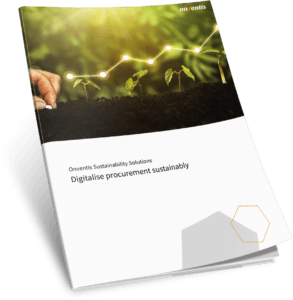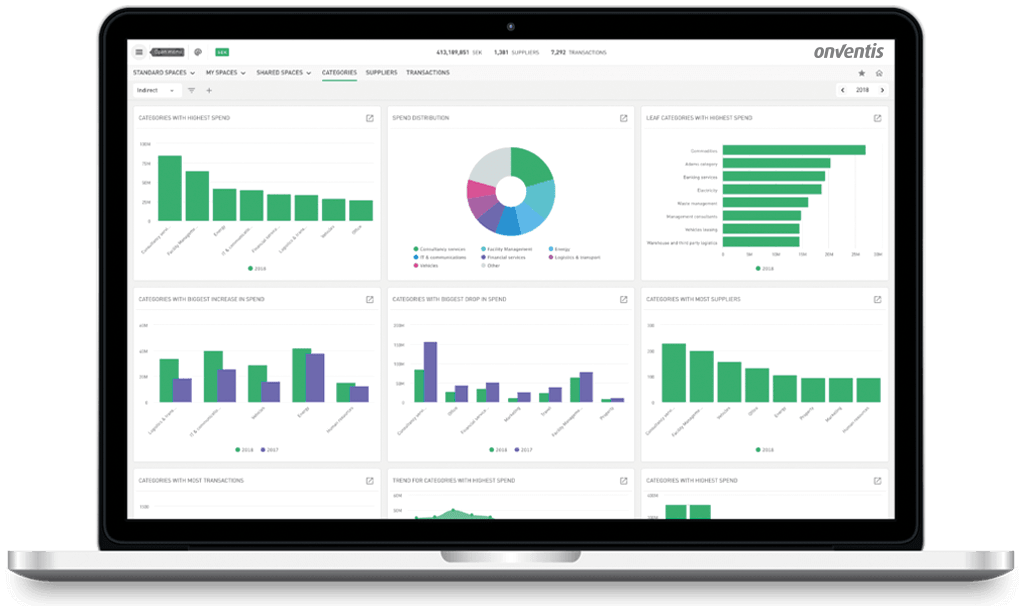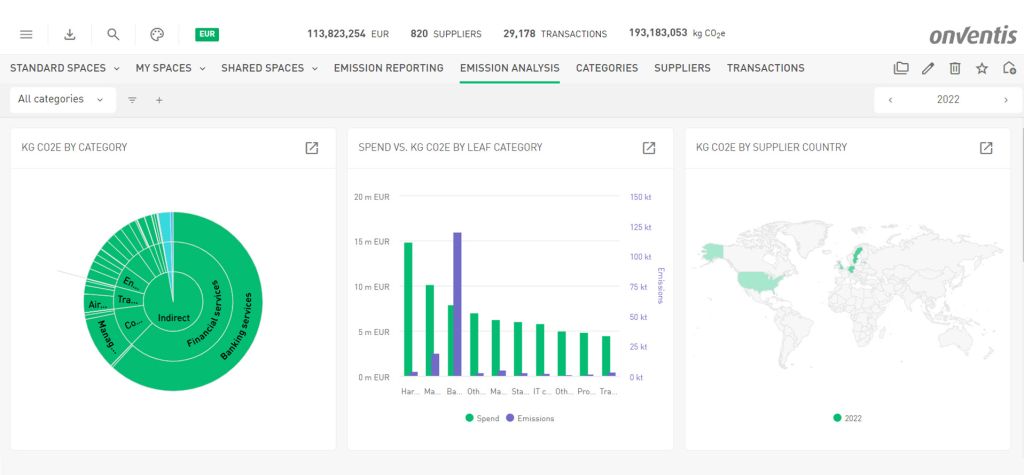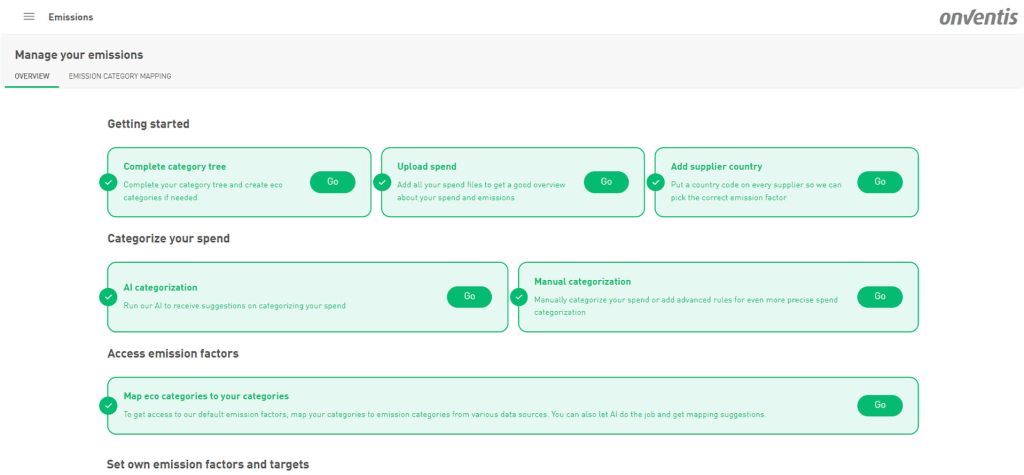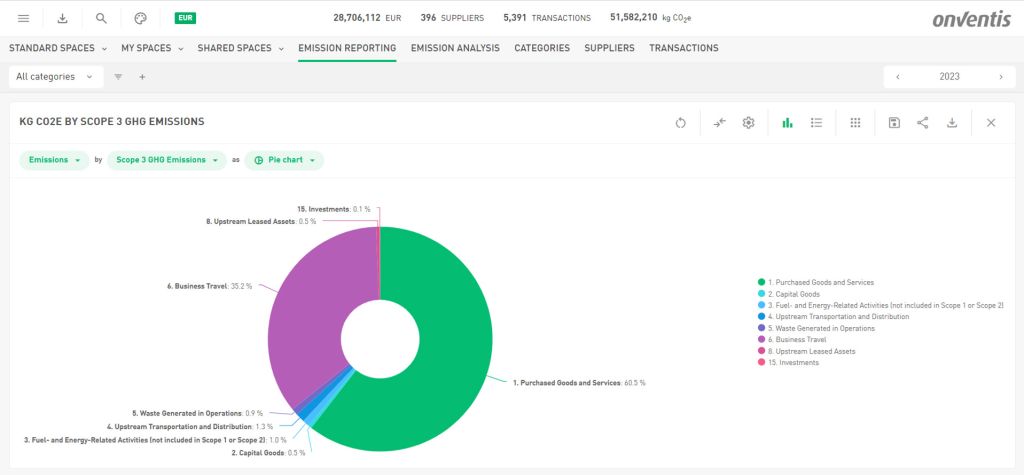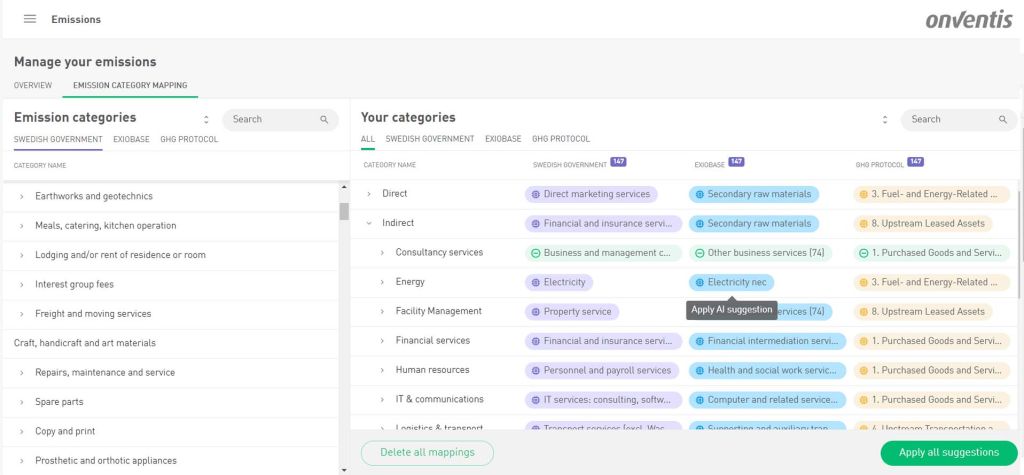Calculating Scope 3 Emissions: Everything You Need to Know
The fight against climate change is gaining momentum, pushing businesses to prioritize reducing their carbon footprint. To achieve this, they focus on measuring their emissions output. While most are familiar with Scope 1 and Scope 2, the largest source of greenhouse gas emissions often flies under the radar: Scope 3 emissions.
Scope 3 emissions include all indirect emissions generated throughout a company’s entire value chain – from suppliers to product disposal. They’re typically the hardest to measure, but they represent the largest share of a company’s total emissions. Addressing these emissions is not only essential for sustainability but also increasingly required by frameworks like the GHG Protocol and regulations such as the CSRD.

What Are Scope 3 Emissions? The Three Scopes in Detail
Scope 3 emissions are indirect greenhouse gas emissions generated by activities that support your business but occur outside its direct control.
To better understand the importance of Scope 3, it’s helpful to examine the concept of emission categories as defined by the Greenhouse Gas (GHG) Protocol. This globally recognized framework divides emissions into three scopes:
- Scope 1: Direct Emissions
These are emissions directly released from your company’s operations, such as fuel combustion in company-owned vehicles or on-site manufacturing processes. - Scope 2: Indirect Emissions from Energy
These include emissions from the generation of purchased electricity, steam, heating, or cooling used by your business. - Scope 3: Indirect Value Chain Emissions
Scope 3 covers all other indirect emissions throughout the value chain, including:- Upstream activities: Purchased goods and services, business travel, waste management.
- Downstream activities: Use of sold products, end-of-life disposal, and transportation.
Together, these scopes provide a comprehensive picture of a company’s carbon footprint. For most businesses, scope 3 emissions are the largest and most complex to address.
Why Calculate Scope 3 Emissions?
Scope 3 emissions often represent the largest share of a company’s total greenhouse gas footprint, even though they originate from external sources. By accurately measuring them, companies can assess their environmental impact and identify ways to minimize it across the entire supply chain. There are different reasons why a company should measure its Scope 3 emissions:
CSRD: Mandatory Regulation for Scope 3 Emissions Measurement
The Corporate Sustainability Reporting Directive (CSRD) has brought Scope 3 emissions into sharper focus. This regulation requires many companies within the EU to disclose sustainability data in line with standardized frameworks like the GHG Protocol.
For businesses, this means new reporting obligations but also significant opportunities to better understand their supply chain risks and opportunities. Complying with CSRD requirements offers several advantages:
- Improved Transparency: Stakeholders gain insight into the sustainability of a company’s operations.
- Competitive Advantage: Companies that act proactively can position themselves as industry leaders.
- Regulatory Compliance: Meeting requirements avoids potential legal or financial penalties.
ESG (Environmental, Social, Governance) and the Impact of Scope 3 Emissions
Beyond regulations like the CSRD, ESG criteria are shaping corporate strategies. The E in ESG (Environmental) takes center stage, with supply chain emissions playing a critical role in demonstrating a company’s commitment to sustainability. Investors, customers, and partners are paying closer attention to how businesses manage their environmental impact. Including scope 3 emissions in ESG reporting provides clear benefits:
- Risk Mitigation: Understanding and reducing emissions helps minimize supply chain disruptions.
- Investor Appeal: Transparent ESG strategies attract sustainability-focused investors.
- Long-term Competitiveness: Customers increasingly prefer companies with strong environmental credentials.
With Scope 3 emission calculations, companies can enhance their environmental performance, protect their reputation, and meet regulatory and market expectations to build sustainable practices that benefit both the planet and the bottom line.
How to Calculate Scope 3 Emissions
Calculating Scope 3 emissions can be tricky. It’s a detailed process that requires collecting a lot of data and working closely with partners across your value chain. Companies often struggle with gathering information from various sources while ensuring the accuracy and transparency of their calculations.
Challenges in Calculation
In theory, calculating Scope 3 emissions seems straightforward. In practice, it’s much more challenging. The biggest issue? Reliable data. Many companies don’t have precise information about their suppliers, transportation methods, or how products are used and disposed of after sale.
On top of that, applying standardized methods can be tricky. Not every supply chain partner uses the same approach, and some may not share their data at all. This is especially difficult for companies with complex global supply chains.
That’s why having a centralized system for collecting and organizing supply chain data is so important. But which tools can handle this? Where does the data come from? And how do you make sure it meets established standards and reporting requirements?
Weitere BlogsMore BlogsMeer blogs
